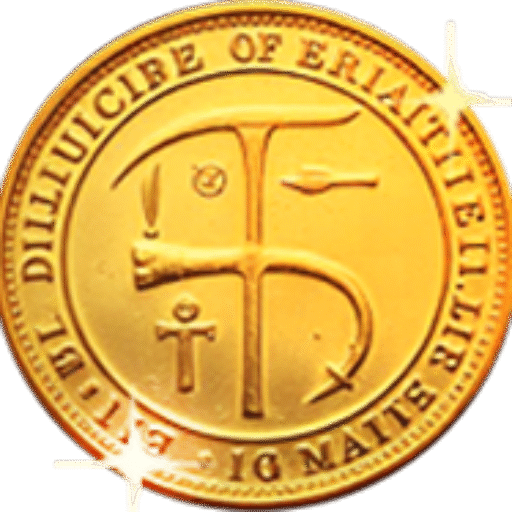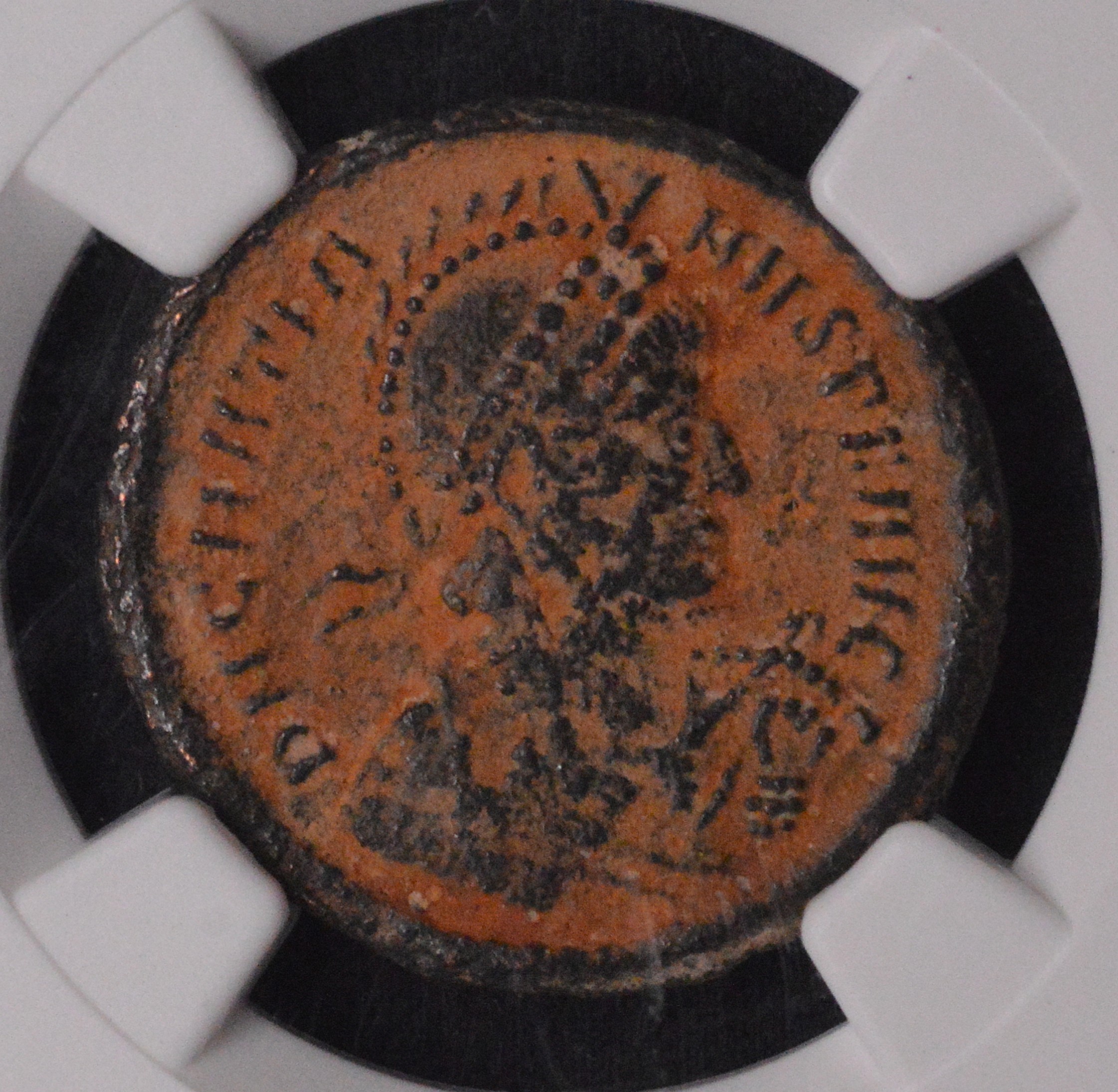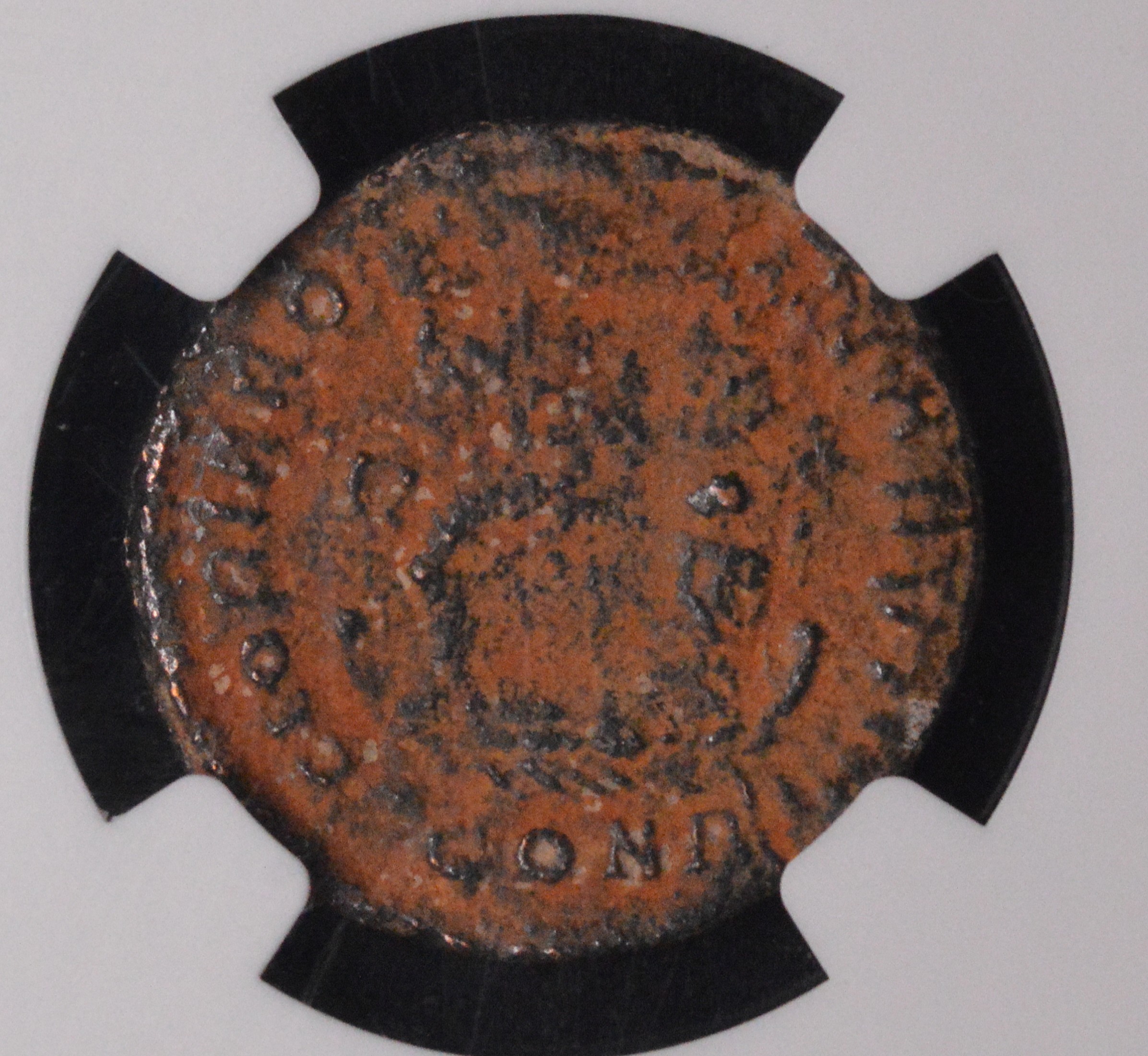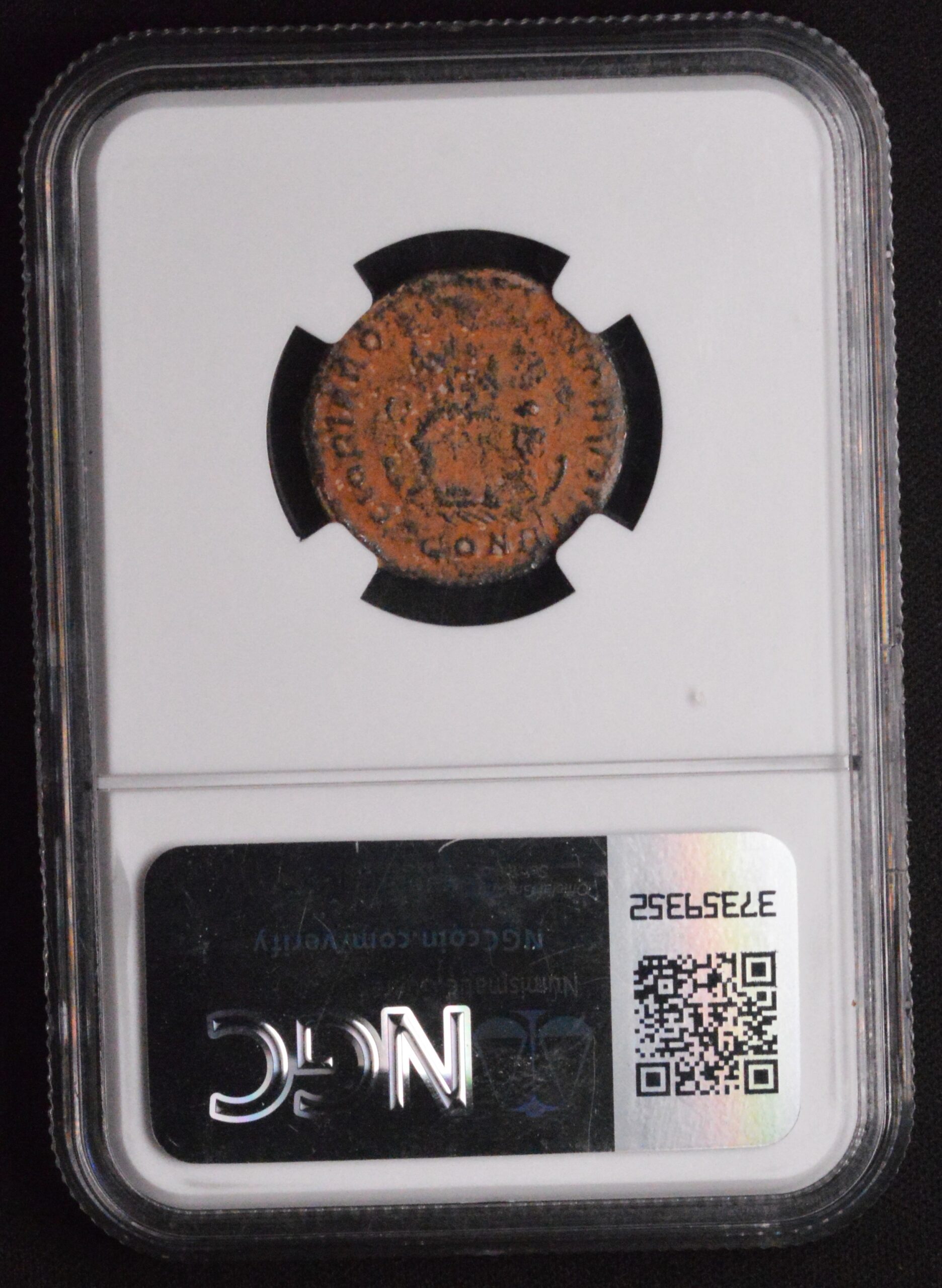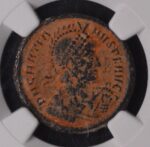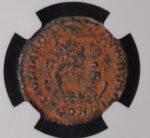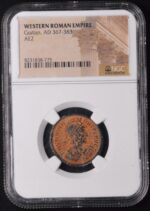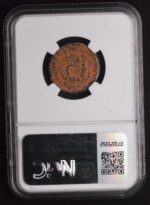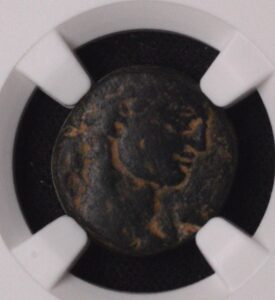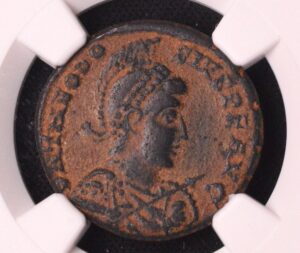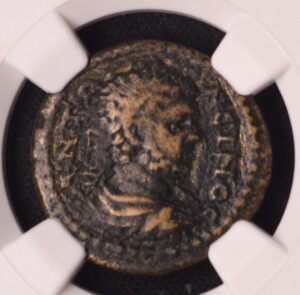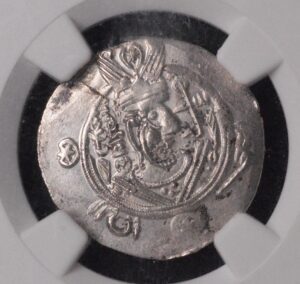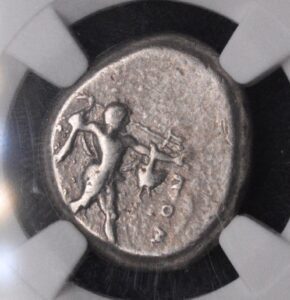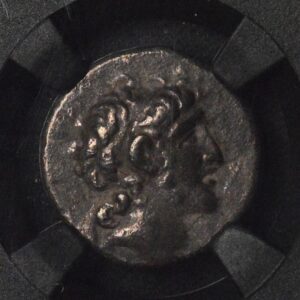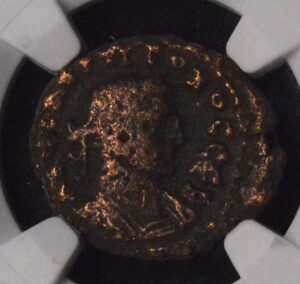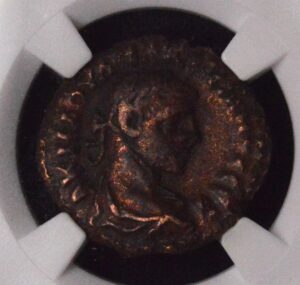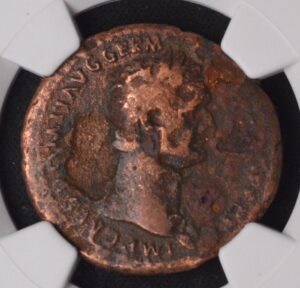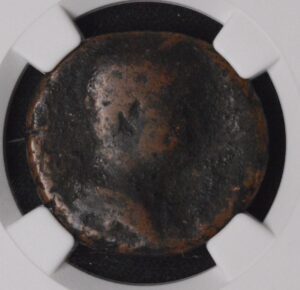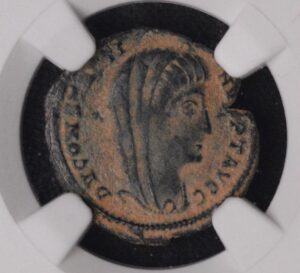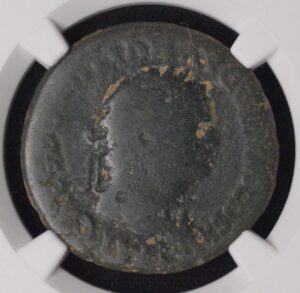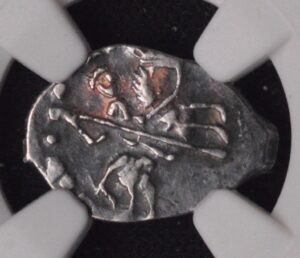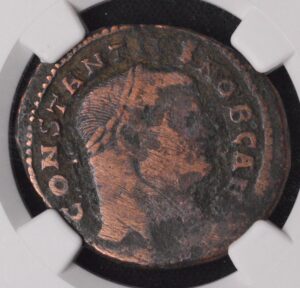Description
The Western Roman Empire copper coin of Emperor Gratian is a fascinating numismatic artifact from the late 4th century, minted between 367 and 383 CE. These coins—primarily small bronze denominations like AE4 or nummus—were widely used for everyday transactions throughout the western provinces, reflecting the era’s social and economic challenges. The coins were struck at various western imperial mints, often in substantial quantities, but attractive examples remain desirable among collectors.
Gratian’s coins typically feature his right-facing portrait on the obverse, crowned with an imperial diadem and dressed in military attire. The Latin inscriptions around his image announce his titles and status as emperor. The reverses frequently display personifications of Roman virtues, military themes such as soldiers with standards, or Christian iconography, signaling the religious shift of the late Roman Empire. For example, reverse types may include GLORIA ROMANORVM, showing military glory, or depictions of the emperor in battle or in the presence of Christian symbols.
These copper coins are made from a bronze alloy (mostly copper) and are relatively small, usually less than 20 mm in diameter. Coins in excellent condition—boasting beautiful, even brown patina and smooth undamaged surfaces—are especially prized. The natural patina that develops over centuries creates an appealing visual texture and coloring, enhancing the coin’s historic aura.
Historically, Gratian’s reign was marked by significant transitions, including religious changes such as the removal of the Altar of Victory from the Senate and support for Nicene Christianity. The coins produced during his rule reflect both imperial strength and the looming pressures that the Western Empire faced from internal division and external threats. His reign ended abruptly in 383 AD after a revolt by Magnus Maximus.
In summary, a Western Roman Empire Gratian copper coin with beautiful surfaces and patina offers a quintessential glimpse into late Roman history. Its well-preserved portrait, thematic reverse, and rich, centuries-old coloration make it a sought-after item for collectors, historians, and anyone drawn to the twilight of Rome’s Western power.
The Western Roman Empire copper coin of Emperor Gratian is a fascinating numismatic artifact from the late 4th century, minted between 367 and 383 CE. These coins—primarily small bronze denominations like AE4 or nummus—were widely used for everyday transactions throughout the western provinces, reflecting the era’s social and economic challenges. The coins were struck at various western imperial mints, often in substantial quantities, but attractive examples remain desirable among collectors.
Gratian’s coins typically feature his right-facing portrait on the obverse, crowned with an imperial diadem and dressed in military attire. The Latin inscriptions around his image announce his titles and status as emperor. The reverses frequently display personifications of Roman virtues, military themes such as soldiers with standards, or Christian iconography, signaling the religious shift of the late Roman Empire. For example, reverse types may include GLORIA ROMANORVM, showing military glory, or depictions of the emperor in battle or in the presence of Christian symbols.
These copper coins are made from a bronze alloy (mostly copper) and are relatively small, usually less than 20 mm in diameter. Coins in excellent condition—boasting beautiful, even brown patina and smooth undamaged surfaces—are especially prized. The natural patina that develops over centuries creates an appealing visual texture and coloring, enhancing the coin’s historic aura.
Historically, Gratian’s reign was marked by significant transitions, including religious changes such as the removal of the Altar of Victory from the Senate and support for Nicene Christianity. The coins produced during his rule reflect both imperial strength and the looming pressures that the Western Empire faced from internal division and external threats. His reign ended abruptly in 383 AD after a revolt by Magnus Maximus.
In summary, a Western Roman Empire Gratian copper coin with beautiful surfaces and patina offers a quintessential glimpse into late Roman history. Its well-preserved portrait, thematic reverse, and rich, centuries-old coloration make it a sought-after item for collectors, historians, and anyone drawn to the twilight of Rome’s Western power.
The Western Roman Empire copper coin of Emperor Gratian is a fascinating numismatic artifact from the late 4th century, minted between 367 and 383 CE. These coins—primarily small bronze denominations like AE4 or nummus—were widely used for everyday transactions throughout the western provinces, reflecting the era’s social and economic challenges. The coins were struck at various western imperial mints, often in substantial quantities, but attractive examples remain desirable among collectors.
Gratian’s coins typically feature his right-facing portrait on the obverse, crowned with an imperial diadem and dressed in military attire. The Latin inscriptions around his image announce his titles and status as emperor. The reverses frequently display personifications of Roman virtues, military themes such as soldiers with standards, or Christian iconography, signaling the religious shift of the late Roman Empire. For example, reverse types may include GLORIA ROMANORVM, showing military glory, or depictions of the emperor in battle or in the presence of Christian symbols.
These copper coins are made from a bronze alloy (mostly copper) and are relatively small, usually less than 20 mm in diameter. Coins in excellent condition—boasting beautiful, even brown patina and smooth undamaged surfaces—are especially prized. The natural patina that develops over centuries creates an appealing visual texture and coloring, enhancing the coin’s historic aura.
Historically, Gratian’s reign was marked by significant transitions, including religious changes such as the removal of the Altar of Victory from the Senate and support for Nicene Christianity. The coins produced during his rule reflect both imperial strength and the looming pressures that the Western Empire faced from internal division and external threats. His reign ended abruptly in 383 AD after a revolt by Magnus Maximus.
In summary, a Western Roman Empire Gratian copper coin with beautiful surfaces and patina offers a quintessential glimpse into late Roman history. Its well-preserved portrait, thematic reverse, and rich, centuries-old coloration make it a sought-after item for collectors, historians, and anyone drawn to the twilight of Rome’s Western power.
CUSTOMER FEEDBACK




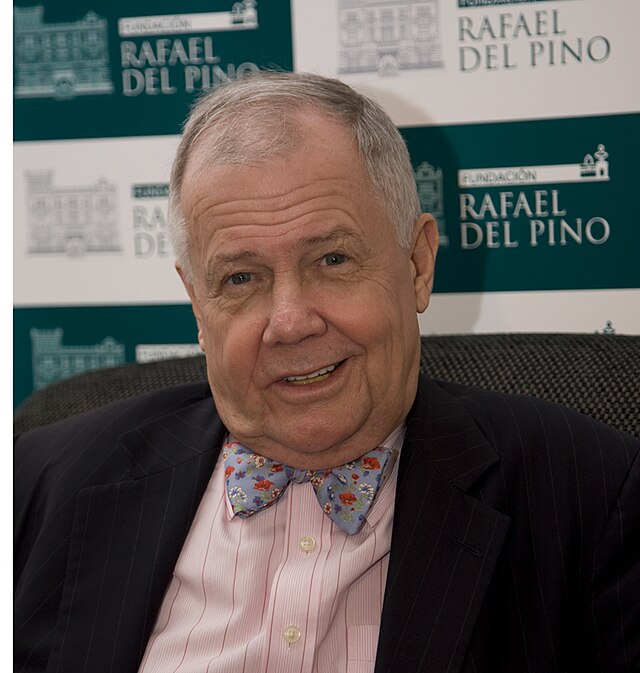



Related Products & Newly Released!
-
$400.00




SHIPPING POLICY
Your order is shipped from the United States with USPS tracking within one business day.
14 Day Return Policy
You can return your item back within
14 days of the purchase

Secure payments
Your payments are 100% secure and are processed through Square or PayPal on a protected security network.
SHIPPING POLICY
FREE International and Domestic (United States) shipping. Your order is shipped with USPS tracking 24 hours after you order.
14 Day Return Policy
You can return your item back within
14 days of the purchase

Secure payments
Your payments are 100% secure and are processed through Square or PayPal on a protected security network.
RESOURCES
support
Get Fresh Articles!
Sign up now to receive our articles for the latest insights and promotions!
RESOURCES
support
Get Fresh Articles!
Signup our newsletter to get update insight or promotions.

